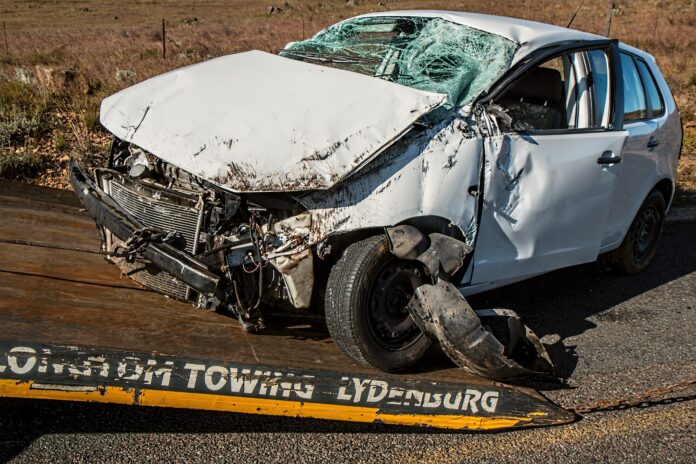Source: MakeLemonade.nz
Tamaki Makaurau – Random roadside drug testing will come into force from next year, to deter drug-impaired driving, following the passing of the Land Transport (Drug Driving) Amendment legislation.
In both 2020 and 2019, more than 100 people were killed in crashes where a driver was found to have had drugs in their system. This legislation directly addresses these preventable crashes and will lead to safer roads.
Improving safety and saving lives on our roads is at the heart of this legislation. Drug-impaired driving accounts for nearly a third of all road deaths.
The rollout of roadside testing is set to begin in early 2023 and will be similar to the approach to alcohol breath testing. Over the next 12 months, Te Manatū Waka Ministry of Transport, police and Waka Kotahi will be working on implementing the new roadside drug testing regime.
Random roadside oral fluid testing can detect the most common impairing drugs used by New Zealand drivers, including THC (the psycho-active ingredient in cannabis), methamphetamine, benzodiazepines (sedatives), MDMA (ecstasy), opioids, and cocaine. The regime also establishes new blood criminal limits and infringement thresholds for 25 impairing drugs.
The Bill gives police the power to conduct random oral fluid testing at the roadside to detect the most prevalent impairing illicit and prescription drugs.
The Bill extends the existing medical defence in the Land Transport Act to include the new drug driving regime. The Bill also creates a new medical defence pathway for infringements resulting from positive oral fluid test results that do not require the driver to undergo a blood test.
The regime also sets blood infringement thresholds and criminal limits for 25 of the most common drugs that impair drivers as recommended by an i expert panel. These drugs are:
- Alprazolam
- Amphetamine
- Buprenorphine
- Clonazepam
- Cocaine
- Codeine
- Diazepam
- Dihydrocodeine
- Fentanyl
- GHB
- Ketamine
- Lorazepam
- MDMA
- Methadone
- Methamphetamine
- Midazolam
- Morphine
- Nitrazepam
- Oxazepam
- Oxycodone
- Temazepam
- THC (cannabis)
- Tramadol
- Triazolam
- Zopiclone



